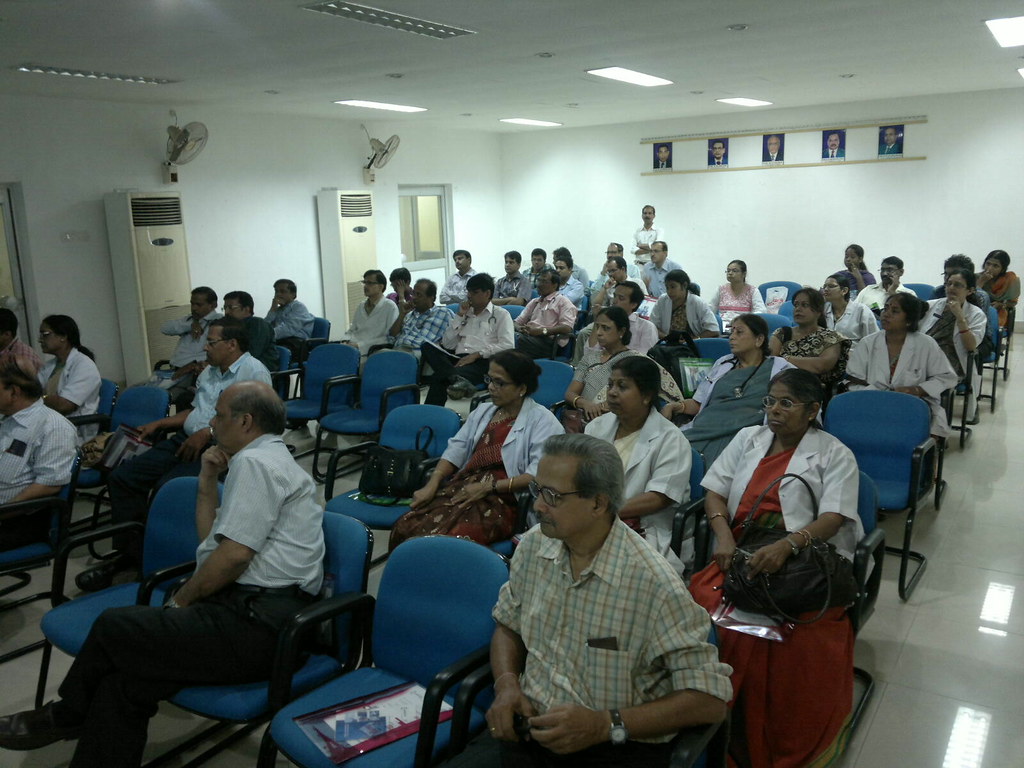Context:
World Hemophilia Day is commemorated annually on April 17 to raise awareness about rare bleeding disorders.
Key points:
- This year’s theme is “Equitable access for all: recognising all bleeding disorders.”
- The aim of this day is to assist the global bleeding disorders community and advocate for access to care and treatment for everyone living with such disorders, regardless of their age, gender, or location.
- Currently, there is no cure for bleeding disorders, so it’s important to take measures for their management.
What is Haemophilia?
- Haemophilia is a genetic disorder that significantly hinders the blood’s ability to clot effectively. Even minor injuries can cause excessive bleeding due to a deficiency in specific clotting factors proteins essential for blood coagulation. It’s a relatively rare condition, affecting roughly 1 in 10,000 people worldwide.
- Haemophilia arises from a defect in the X chromosome. If a girl inherits one defective X chromosome, the other X chromosome can typically compensate. In this scenario, she becomes a carrier of haemophilia but won’t experience the condition herself. However, if both of her X chromosomes carry defects, she will have haemophilia.
- Conversely, if a boy inherits a defective X chromosome, he lacks a second X chromosome for compensation and will develop haemophilia. This explains why haemophilia is more prevalent in males.
Types:
- Haemophilia A: This type is caused by a deficiency in clotting factor VIII, which is essential for blood clotting. It is the most common form of haemophilia, accounting for about 80-85% of cases.
- Haemophilia B: This type is characterised by a deficiency in clotting factor IX. It is less common than haemophilia A, accounting for approximately 15-20% of cases.
- Haemophilia C: Unlike haemophilia A and B, which are caused by deficiencies in clotting factors on the X chromosome, haemophilia C is caused by a deficiency in clotting factor XI located on the autosome. It is relatively rare compared to the other two types.

Symptoms: Common signs to watch for include:
- Excessive bruising without apparent cause
- Internal bleeding in muscles and joints, often causing pain and swelling
- Unexplained episodes of bleeding
- Prolonged bleeding from injuries, dental work, or surgery
Diagnosis and Treatment
- Early diagnosis is crucial for managing haemophilia effectively. A simple blood test can measure clotting factor activity levels, aiding in early detection.
- The primary treatment involves replacement therapy. Concentrated forms of the missing clotting factor (factor VIII for Haemophilia A or factor IX for Haemophilia B) are infused into the bloodstream to help with clotting.
Prevalence:
Global
- While exact figures are elusive, estimates suggest over 1 million people worldwide live with Haemophilia.
- The World Federation of Haemophilia’s 2021 Annual Global Survey indicated that from 1999 to 2021, 429,232 people with bleeding disorders were identified and reported (256,840 with haemophilia,),).
- This represents a 286% increase since the start of this survey and an overall 9% increase from last year (6% increase in haemophilia).

India
- Estimates suggest India has the second-largest population of Haemophilia globally, with figures ranging from 80,000 to 100,000 cases.
- Official records from the Haemophilia Federation of India (HFI) show around 19,000 registered cases.
- This highlights the ongoing need for increased outreach and awareness programs, particularly in developing countries.
The World Federation of Haemophilia
- Established in 1963, the World Federation of Haemophilia (WHF) is a beacon of hope for the global haemophilia community.
- This international non-profit organisation, recognised by the World Health Organization, acts as a network for patient organisations in over 140 countries.
- Their mission is to continuously improve and ensure sustainable care for individuals with inherited bleeding disorders worldwide.
Conclusion:
While there is no cure for haemophilia, early diagnosis and appropriate management can significantly improve a patient’s quality of life. The ongoing work of organisations like the World Federation of Heamophilia underscores the importance of global collaboration in ensuring sustainable care for individuals with inherited bleeding disorders.

